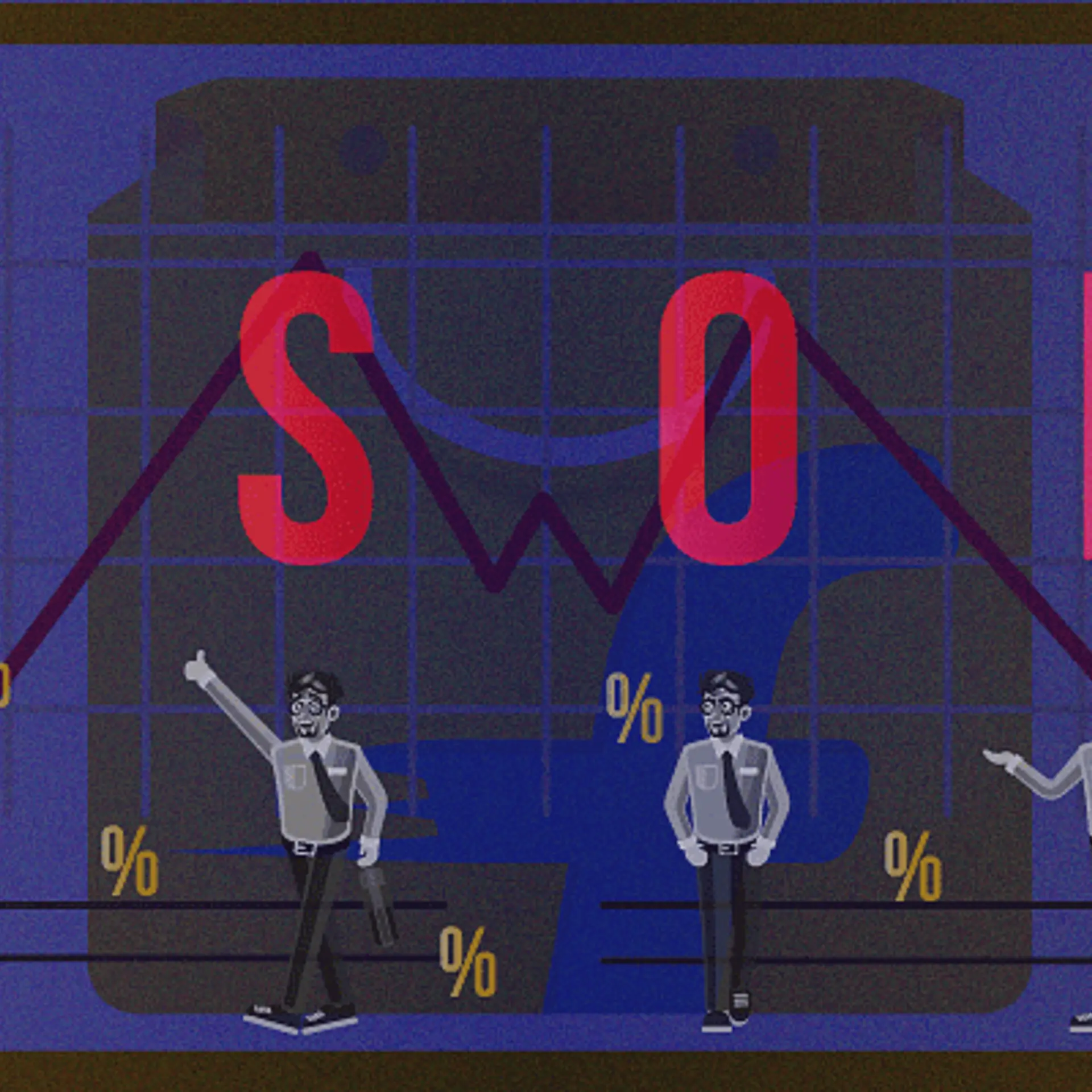The crucial role of leadership and communication at a toxic workplace
Effective leadership is the cornerstone of a healthy and thriving workplace. Leaders play a crucial role in setting the tone and culture within an organisation
In today's fast-paced and competitive business world, the concept of a toxic workplace is all too familiar.
A toxic workplace refers to an environment where negativity, distrust, and poor communication dominate, leading to decreased employee morale and productivity.
Such toxic environments can have a detrimental impact on the overall success of an organisation.
The role of leadership in nurturing a positive work environment
Effective leadership is the cornerstone of a healthy and thriving workplace. Leaders play a crucial role in setting the tone and culture within an organisation. Here's how competent leadership can help turn a toxic workplace around:
Transparent communication
Leaders who practice transparent communication build trust and foster an open atmosphere. By being honest and forthcoming with their teams, they encourage employees to do the same. This open dialogue allows problems to be addressed promptly and collaboratively, preventing toxicity from festering.
Empathy and emotional intelligence
Leaders who display empathy and emotional intelligence create a supportive environment where employees feel valued and understood. Empathetic leaders can identify and address the root causes of toxicity, such as workplace conflicts or stress, before they escalate.
Setting clear expectations
Ambiguity in expectations can breed confusion and resentment among employees. Competent leaders set clear and achievable goals, providing their teams with a sense of direction and purpose. This clarity minimises misunderstandings and reduces the likelihood of toxic behavior arising from frustration.
Recognising and rewarding positive behavior
Acknowledging employees' hard work and achievements can boost morale and encourage positive behavior. When good performance is recognised and rewarded, it reinforces the values and culture that the organisation seeks to promote.
In addition to effective leadership, robust communication practices are essential for transforming a toxic workplace into a place where employees thrive and collaborate seamlessly.
Active listening
Listening is a fundamental aspect of communication that often goes overlooked. Actively listening to employees' concerns and ideas fosters a sense of respect and validation, making them feel valued and appreciated. This helps prevent feelings of isolation and disengagement, which can contribute to a toxic work environment.
Constructive feedback
Providing constructive feedback is vital for growth and improvement. Employees need to feel that their efforts are recognised and that areas for improvement are addressed constructively, not destructively. Constructive feedback should focus on specific behaviors and offer guidance on how to make positive changes.
Encouraging collaboration
Promoting a collaborative environment encourages employees to work together, share ideas, and support one another. Collaboration can break down silos and foster a sense of teamwork, which is a significant antidote to toxicity.
Implementing effective conflict resolution
Conflict is inevitable, but how it is managed determines whether it will lead to toxicity. Establishing a structured and fair conflict resolution process helps address issues swiftly and effectively, ensuring that grievances do not fester and disrupt the workplace.
Cultivating a culture of trust and respect
Creating a culture of trust and respect is a crucial step in transforming a toxic workplace into a productive and positive one.
Lead by example
Leaders must be role models for the desired workplace culture. They must exemplify the values of trust, respect, and integrity. When employees witness these traits in their leaders, they are more likely to adopt them in their interactions with colleagues.
Encourage work-life balance
A healthy work-life balance is essential for employee well-being and job satisfaction. Leaders should encourage employees to prioritize their well-being and maintain a healthy balance between work and personal life. This approach reduces burnout and enhances productivity.
Invest in employee development
Investing in employee development shows that the organisation values its workforce. Providing opportunities for skill enhancement and career growth enhances employees' sense of worth and commitment to the organization.
Celebrate diversity and inclusion
A workplace that celebrates diversity and fosters inclusion can effectively mitigate toxicity. Embracing different perspectives and backgrounds creates a dynamic and innovative environment where all employees feel welcome and valued.







